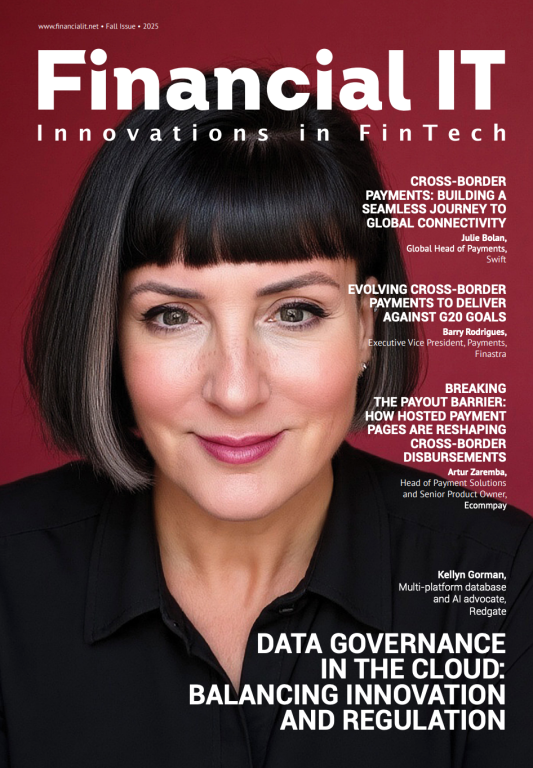Buy Now, Pay Later: Evolution, Adoption, and Outlook

- Svetlio Todorov, Managing Director at emerchantpay
- 18.02.2025 03:45 pm #BuyNowPayLater #BNPL
In recent years, Buy Now Pay Later (BNPL) services have moved from a niche offering to a mainstream financial tool. BNPL has quickly emerged as an up-and-coming payment method, transforming the way consumers approach purchasing and credit. This evolution has largely been driven by the growth of digital platforms and rising popularity of eCommerce.
Globally, BNPL transactions increased almost 400% between 2019 and 2021, and are expected to increase by nearly $450 billion by 2026. Breaking it down by region, the payment method is currently most popular in northwestern Europe, with Sweden leading the way. However, the solution is also gaining steady popularity across LatAm and Asia.
As consumer financial habits continue to evolve and technology advances, the BNPL sector is poised to further reshape personal finance and challenge traditional lending models. As such, it’s important that merchants fully understand the payment method and look to embrace its services accordingly.
Why and how merchants should adopt BNPL
Firstly, a key reason for businesses to get on board with BNPL is to ensure they meet audience demand. BNPL has particularly gained traction among a younger audience – who seek alternatives to traditional credit cards and more transparent, manageable ways to finance their purchases. In fact, research shows that BNPL is most popular with millennials, with 3 in 5 having used the payment method at some point. It’s also popular with Gen Z consumers, as 39% have used it in the past year. As such, it’s especially important for businesses targeting these demographics to implement these services.
A BNPL offering can provide financial flexibility to customers – which is often valued as this allows them to adapt to unexpected situations, such as sudden expenses or changes in income. This flexibility enhances the overall experience, in turn, driving increased satisfaction and loyalty. Adopting BNPL options also enables merchants to gain an advantage over competitors who are not providing flexible payment methods.
Research has also found that nearly 70% of customers spend more when using a BNPL service, as they feel more comfortable making significant purchases when they don’t have to pay the whole sum upfront. These increased purchase amounts are yet another huge incentive for retailers to get on board with BNPL.
If merchants are considering embracing BNPL, they should look to partner with a reputable Payment Service Provider (PSP) that can give them access to a wide variety of payment methods. Not only can a PSP help businesses identify and implement the right BNPL solutions for their specific needs, but they can also offer support to ensure organisations stay on top of any changing regulation around the emerging solution.
What’s next for the payment method?
In the UK, the government is currently creating new rules to regulate BNPL products. The aim of this is to protect consumers - ensuring they have clear information, affordable lending and strong rights. Final legislation is expected to be introduced in Parliament in early 2025, with the rules taking effect in 2026. Following this, financial services firms and merchants will be required to meet the relevant conduct requirements, or face consequences such as fines or legal action.
This move follows in the footsteps of the EU, where a Consumer Credit Directive which covers BNPL was recently introduced. I expect we will see more legislation introduced across other regions over the coming years, as BNPL adoption continues to rise.
Also looking to the future, it’s expected that BNPL services will further expand into different sectors. Currently, the solution is most commonly used in eCommerce. However, over the next few years the solution will likely gain popularity across healthcare (helping patients manage medical expenses), travel (allowing flights and holidays to be paid for in instalments) and other industries. My advice to business leaders in these industries is to look into BNPL options sooner rather than later, to ensure they stay one step ahead of the curve.
With global BNPL adoption increasing and regulatory frameworks maturing to provide greater stability to the sector, merchants should start viewing the solution not as an optional extra, but as an essential component of their payment strategy. Those who fail to do this risk falling behind.
Consumer spending habits are also continuing to evolve - particularly in response to economic uncertainties. As we look to the future, BNPL will be key to building lasting relationships with value-conscious consumers, while continuing to drive sales and growth.



















